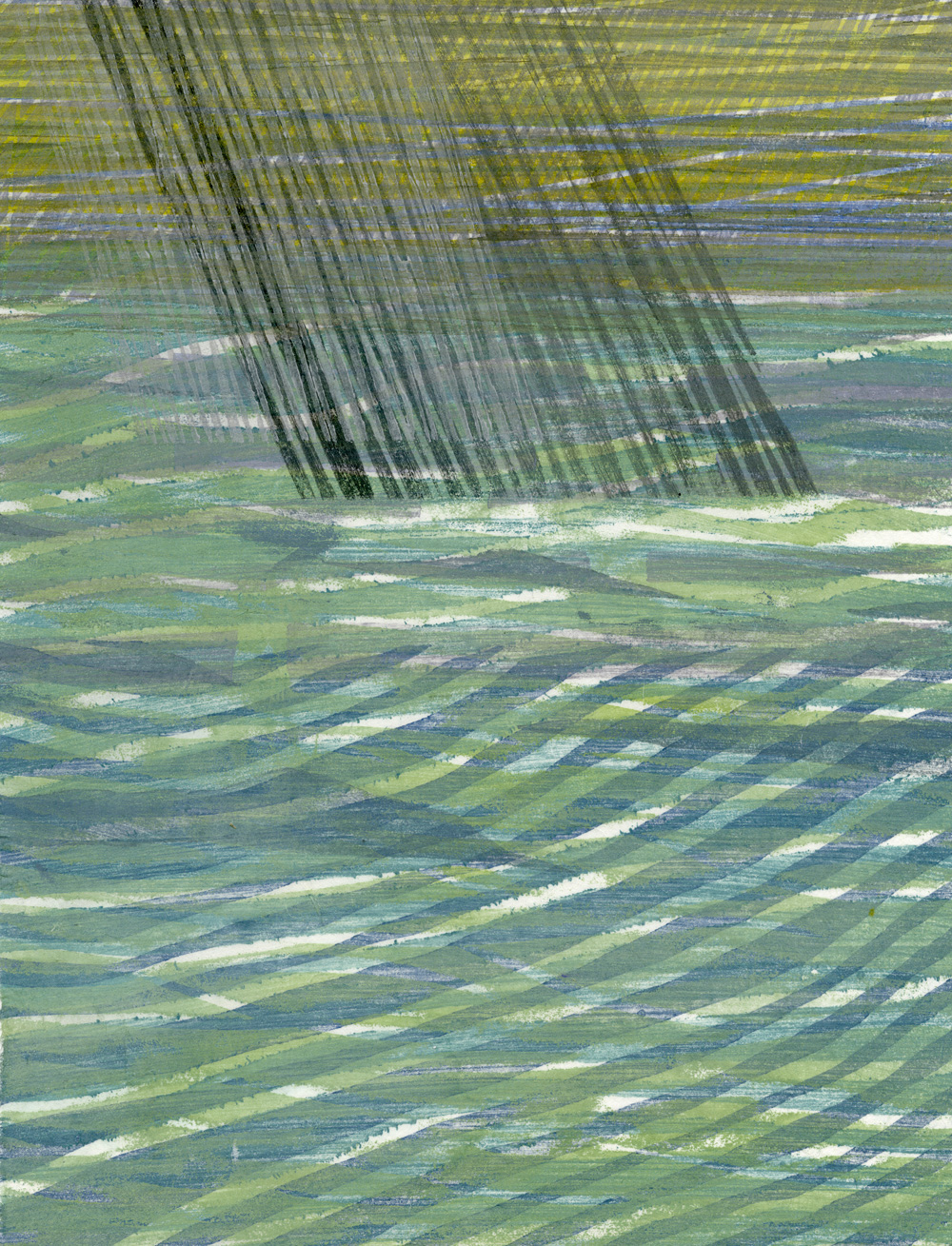An Original Print is the process of making an artwork by printing, normally onto paper. Printmaking normally covers only the process of creating prints with an element of originality, rather than just being a photographic or mechanical reproduction of a painting. Except in the case of a monotype, the process is capable of producing multiples of the same piece, which is called a ‘print’. Each piece produced is not a copy but considered an original since it is not a reproduction of another work of art and is technically (more correctly) known as an ‘impression’. Printmaking (other than monotyping) is not chosen only for its ability to produce multiple copies, but rather for the unique qualities that each of the printmaking processes lends to the finished print.
Prints are created from a single or multiple original surface, known technically as a matrix. Common types of matrices include: plates of metal, usually copper or zinc for engraving or etching; stone, used for lithography; blocks of wood for woodcuts, linoleum for linocuts and fabric plates for screen-printing. But there are many other kinds of matrix substrates and related processes.
Works printed from a single plate create an edition, in modern times usually each signed and numbered to form a limited edition. Prints may also be published in book form, as artist’s books. A single print could be the product of one or multiple techniques.
Once completed these limited edition prints should not be in any way confused with a reproduction, giclee or inkjet print of an artwork produced in another medium.
(In part attributable to the definition found in Wikipedia) To view print Galleries click.
